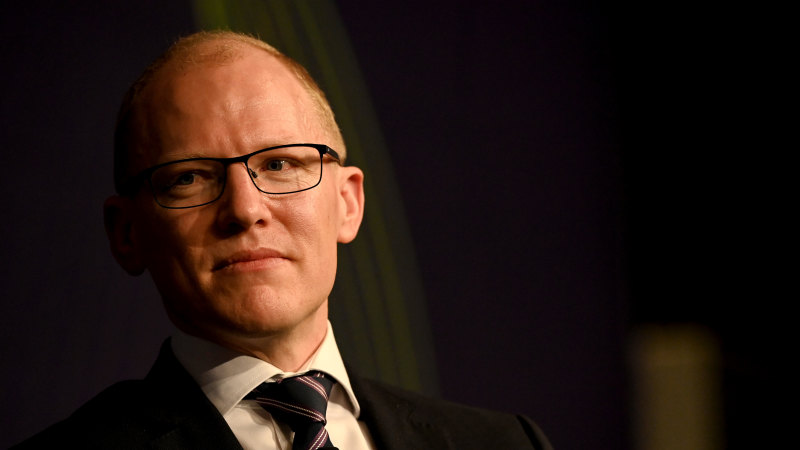The federal government anticipates the system will source more than 80 per cent of its power from renewable sources by the end of the decade.
Following the closure of AGL’s Liddel generator earlier this year, at least four more coal plants, including the Yallourn generator in Victoria’s Latrobe Valley, NSW’s Eraring and Vales Point power plants, and Queensland’s Callide B, are expected to shut down by 2030.
However, energy officials are becoming increasingly worried about the slow rollout of new “firming” generation – such as pumped hydro, fast-start gas generators and long-duration batteries – which will be vital to supporting renewable energy and preventing blackouts when the wind isn’t blowing and the sun isn’t shining.
There are also concerns that the build-out of more than 10,000 kilometres of high-voltage transmission lines, which will be needed to link up new renewable energy zones and facilitate the flow of clean electrons from one part of the country to another, is happening too slowly, amid funding issues and local community opposition.
Westerman will warn that the transmission links joining the eastern states’ power grids were already “maxing out”, while massive volumes of solar and wind power were having to be curtailed because there was not enough transmission capacity to transport them.
Also on Tuesday, Australian Energy Regulator chair Clare Savage will use a speech to unveil the agency’s compliance and enforcement priorities for the coming financial year, focused on protecting consumers and keeping the energy system reliable during the transition.
It comes as the nation’s biggest power and gas retailers, including AGL, Origin and EnergyAustralia, prepare to raise customers’ bills by hundreds of dollars a year, adding to the intense cost-of-living pressures faced by consumers.
Loading
The increases – typically between 20 and 25 per cent depending on the state – reflect steep rises in wholesale power costs over the past year, caused by a spate of problems across ageing coal-fired power stations and coal mines curtailing supply, while the war in Ukraine was driving up the cost of additional coal and gas needed to plug shortfalls.
“That’s why we’ll be keeping a close eye on energy retailers to make sure they’re complying with the mandatory Better Bills Guideline and producing bills that are easier to understand and include a ‘better offer’ statement on the first page,” Savage will tell the conference.
The federal government is faces rising political pressure over cost-of-living pressures, including people’s energy bills.
Longman MP Terry Young asked Prime Minister Anthony Albanese in parliament on Monday if he would take responsibility for price hikes that had caused a doubling of the power bill for the Fancy Leaf lettuce farm in his electorate.
“When will the prime minister take responsibility for making things worse for middle Australia?” Young said.
However, the Australian Energy Regulator has repeatedly insisted that this year’s price rises were not as severe as they would have been if the government had not opted to intervene in the market late last year with emergency laws to temporarily cap the price of domestic gas at $12 a gigajoule and domestic coal at $125 a tonne.
Federal Climate Change and Energy Minister Chris Bowen last month said retail bills would have risen by up to 50 per cent without the government’s intervention.
Stay connected with us on social media platform for instant update click here to join our Twitter, & Facebook
We are now on Telegram. Click here to join our channel (@TechiUpdate) and stay updated with the latest Technology headlines.
For all the latest Business News Click Here
For the latest news and updates, follow us on Google News.

